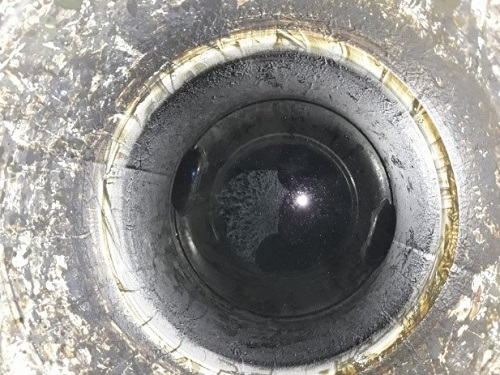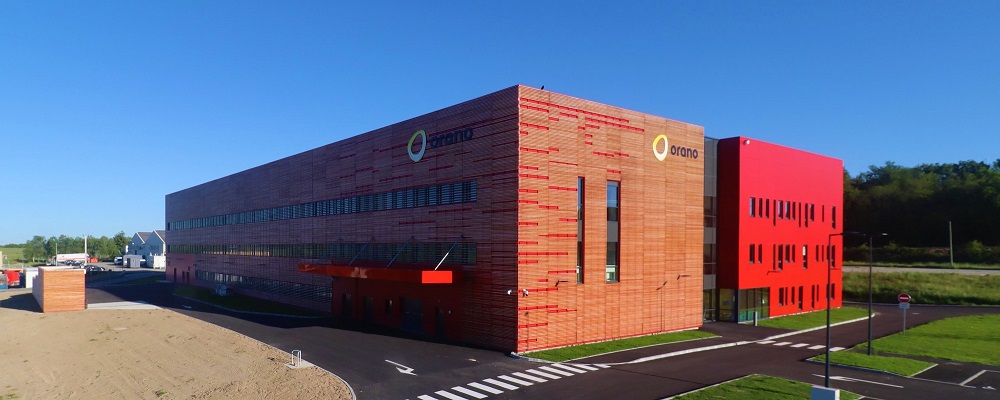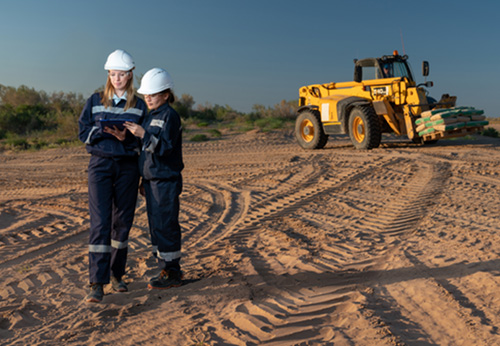
Production of co-precipitated sludge
A customized production adapted to your needs for your project simulation studies
-
The nuclear industry produces liquid effluents that contain radioactive elements harmful to humans and the environment. In order to reduce the harmfulness of these effluents, different chemical coprecipitation processes are used to trap the radioactive elements in highly insoluble salts. In order to optimise these processes, it is necessary to test them with non-active sludge representative of the different types of existing effluents. The complexity of making these sludges can be a challenge.
-
The Innovative center for extractive metallurgy (CIME) has developed a pilot for the manufacture of complex sludges. This flexible pilot can manufacture any type of sludge representative of the different waste to be tested depending on the projects concerned. The sludge is made by coprecipitation.
CIME can make custom-made non-active sludge for all your applications coupled with specific studies:
- Assessment of the chemical and/or physical behaviour of the sludge produced
- Studying sludge ageing
- Definition of operating parameters to ensure future production representative of actual industrial conditions
- Production of sludge of various types (sludge from the nuclear industry or others)
- Reproducibility of different production batches
- Treatment of sludge after production using solid-liquid separation equipment (press filter, centrifuge, geomembrane, etc.)
-
- Variation in pilot operating parameters to produce different types of sludge
- Validation of operating procedure variances by manufacturing in low quantity before production
- Reproducibility of different production batches
- Conducting specific studies, including the chemical stability of the solution during precipitation, but also the sorption capacities of the various selected traps.
- Robust pilot
-
-
-



